Defense Department Goes for a Power Play
The U.S. Defense Department is working toward a mini nuclear reactor that could solve its small-scale localized energy needs. The device would be rapidly deployable for bases and outposts as well as provide power for up to three years with minimal supervision. It would not pose many of the safety challenges if existing nuclear power plants, and it would help alleviate the threat to energy supply convoys in contested areas.
For deployed forces in combat, there’s rarely an electric grid to rely on, and the resupply umbilical is a major pressure point in wartime. In the first decade of the war on terror, more than half of all U.S. casualties occurred during attacks on convoys, according to the Rand Corp.
But even in the rear echelon, the concern is growing both about the vulnerability to nation-state cyber attacks on the power grid in the United States and its allies, as well as about the growing carbon footprint of generating all that electricity.
More prosaically, in fiscal year 2018, there were 562 utility outages at Defense Department installations that lasted eight or more hours—and the department estimated the financial impact for just 223 of those events was $23.3 million.
Enter Project Pele, the micro-nuclear reactor the Pentagon’s Strategic Capabilities Office (SCO) wants to build. According to a briefing earlier this year, the Pele reactor will produce between 1 and 5 megawatts of power for three or more years of continuous full-power use.
According to the Nuclear Regulatory Commission, a megawatt is enough to power between 400 and 900 American homes, depending on if they use air conditioning. That would make even the smaller output Pele designs big enough to power a brigade-level installation at least.
The Pele reactor must weigh less than 40 tons, so it’s transportable by truck, rail, ship and C-17. And to be producing power within three days of arriving, it has to work out of the box, Program Manager Jeff Waksman says. It should be possible to dismount and prepare it for shipping in a week and be operable with minimum supervision.
The reactor will use a new low-enriched uranium fuel technology that Waksman calls “inherently safe.”
Tristructural isotropic (TRISO) fuel is a “transformational technology” the Department of Energy developed, Waksman says. The uranium fuel, enriched to only about 6 percent so it is useless for weapons, is introduced to the reactor, not in the conventional rods, but rather in millions of tiny pellets stored in special containers. The pellets are coated with silicon carbide, which makes them extremely strong and heat resistant in temperatures up to 1800 Celsius. The fuel is even useless for dirty bombs, he relates, because it’s so difficult to extract the uranium. Waksman calls TRISO fuel technology “a paradigm shift for nuclear reactor safety.”
Pele, he adds, aimed to produce a reactor that wouldn’t cause an environmental incident, “even if there was an event that threatened the structural integrity of the device.”
Combined with advanced air-cooling technology, TRISO would make “a very proliferation-resistant reactor and a very safe reactor,” he says.
Critics aren’t so sure. Edwin Lyman, acting director of the Nuclear Safety Project at the Union of Concerned Scientists, doubts that any reactor could ever meet the test of not causing contamination even if it was breached.
“Inherently safe,” he notes, “has been a nuclear industry catchphrase for decades, but the reality has never matched the rhetoric. All it really means is that in certain idealized scenarios, a reactor, after shutdown, could be adequately cooled by passive mechanisms, such as convective airflow.” Obviously, that’s unlikely to be possible if the reactor has been hit by an artillery shell or blown up by an IED [improvised explosive device], he adds.
The U.S. military has had a long love affair with the idea of mobile nuclear reactors, Lyman points out. The Army Nuclear Power program, launched in 1954, tried for almost 20 years to develop such a device and was eventually shut down when it failed.
But Waksman notes, “Nuclear technology now is much more advanced than it was in the 1960s.”
Lyman concludes that Pele had “dubious strategic value, low chance of success and potential for sparking a [low enriched uranium]-fueled international arms race.”
But Jay Dryer, director, SCO, Defense Department, says an arms race to develop a mobile nuclear reactor for military use has already begun. “The United States risks ceding nuclear energy technology leadership to Russia and China,” he says.
According to one report, dozens of small reactor designs are under development around the world, and several, including in Argentina, China and Russia, have reached “advanced stages of construction.”
The U.S. military plays up the possible civilian uses of Pele, as well; the SCO states the reactors could be deployed on humanitarian relief missions. “They could be easily relocated to support disaster response work and provide temporary or long-term support to critical infrastructure such as hospitals, as well as remote civilian locations where delivery of electricity and power is difficult,” SCO officials say.
Earlier this year, the SCO awarded contracts worth a total of just under $50 million to three companies to begin design work on an air-cooled microreactor using TRISO technology. BWX Technologies received $13.5 million; X-energy $14.3 million and Westinghouse Government Services $11.9 million.
After two years of design development, the department will choose one company to build a fully working reactor from its design with the aim of having a functioning prototype by the end of 2023, probably located at the Idaho National Laboratory.
One big question mark hanging over Pele’s future is the issue of regulation, and who will have to sign off on the reactor designs and plans before any actual engineering work can commence. At the very least, it makes the SCO’s timeline extremely ambitious.
The Defense Department is in the process of producing an environmental impact statement, necessary before any work can move forward. The public comment period closed in April, but no news of any developments has been reported to date.
SCO officials say coordination with the Nuclear Regulatory Commission is “critical ... [to ensure] the rapid development of workable prototype designs that support evaluation, safety analysis, and, ultimately, construction and testing.”
At the end of August, the commission approved the first design specification for a commercial mini reactor, which means the plans meet safety baselines and potential buyers can start the licensing approval process to build them.
NuScale Power’s small modular reactor is much larger than Pele and generates more power. It’s a 76-foot-tall, 15-foot-wide steel cylinder inside which the reactor, steam turbine and the containment vessel are integrated. The reactor is designed to produce 50 megawatts, and the company wants to deploy it by the dozen in a large cooling pool like those used in current nuclear plants.
Advocates say the move shows that small nuclear reactors’ time has come. But in reality, there’s likely to be a lot of “hurry up and wait” in the future. For example, in view of the SCO timeline, it’s worth noting that NuScale first submitted its small modular reactor plan to the NRC for certification more than three and a half years ago.
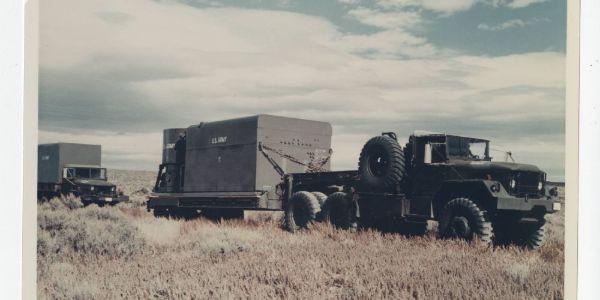
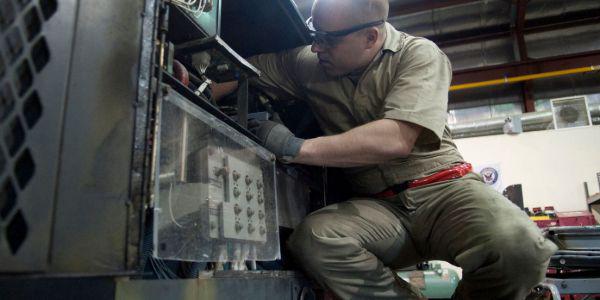
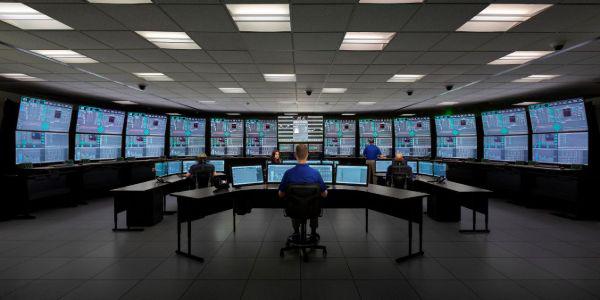
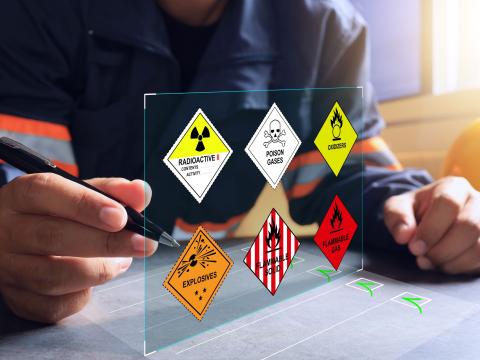

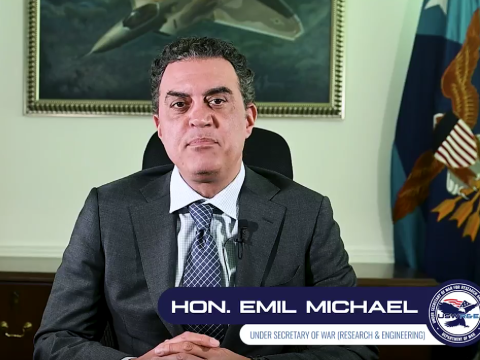
Comments